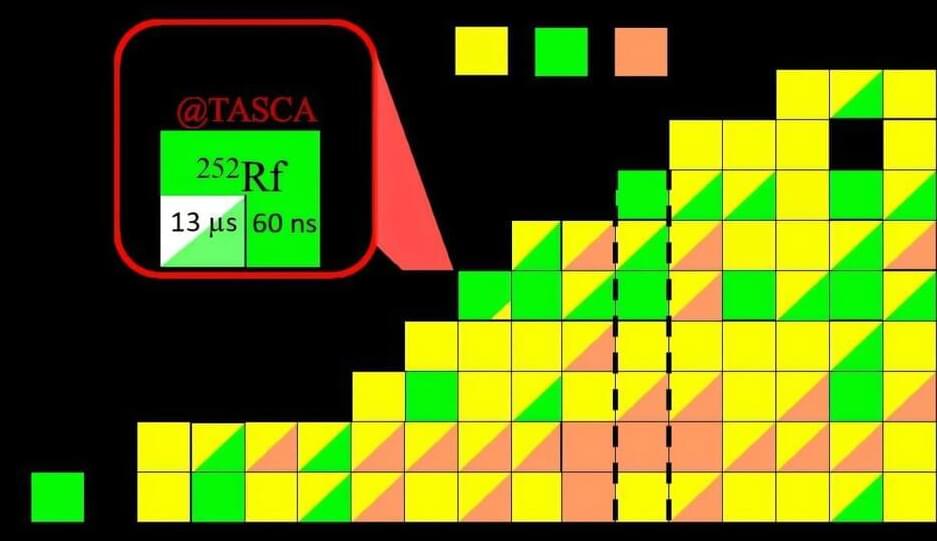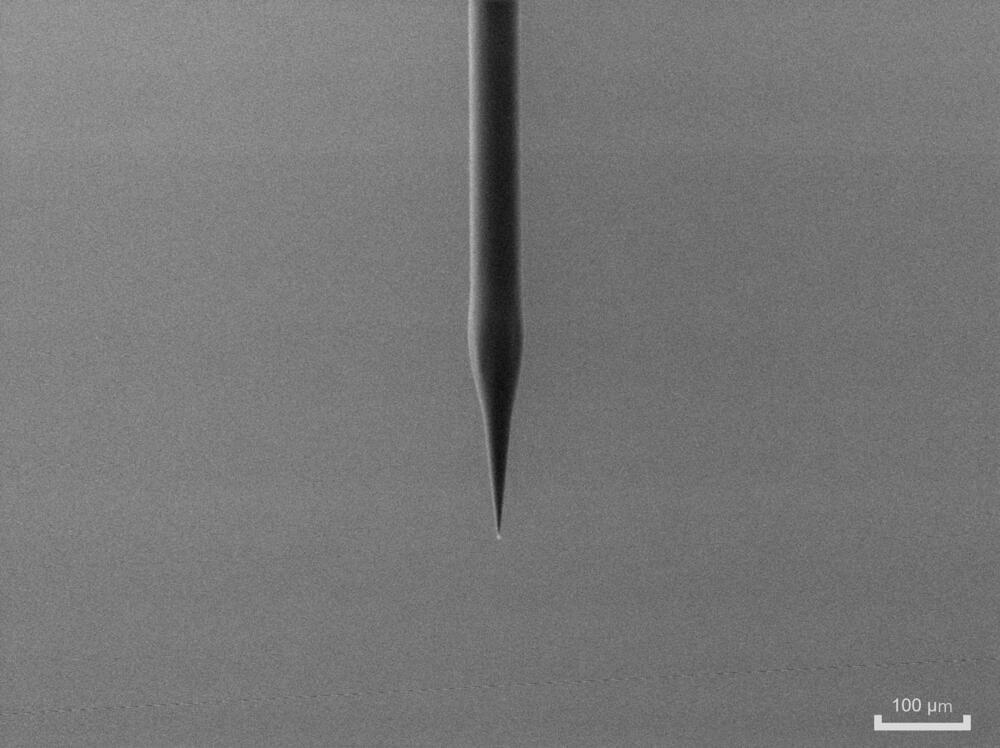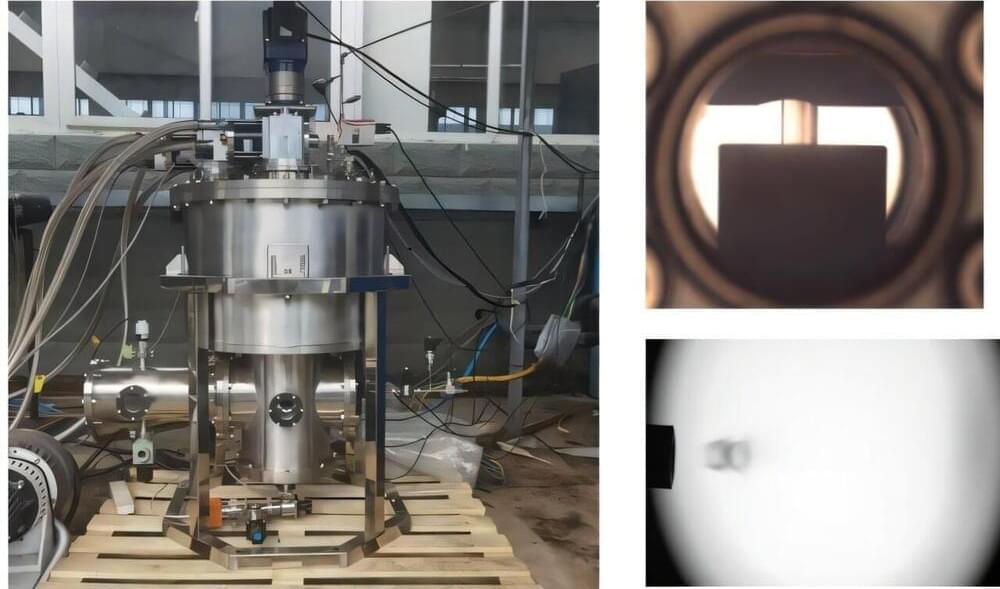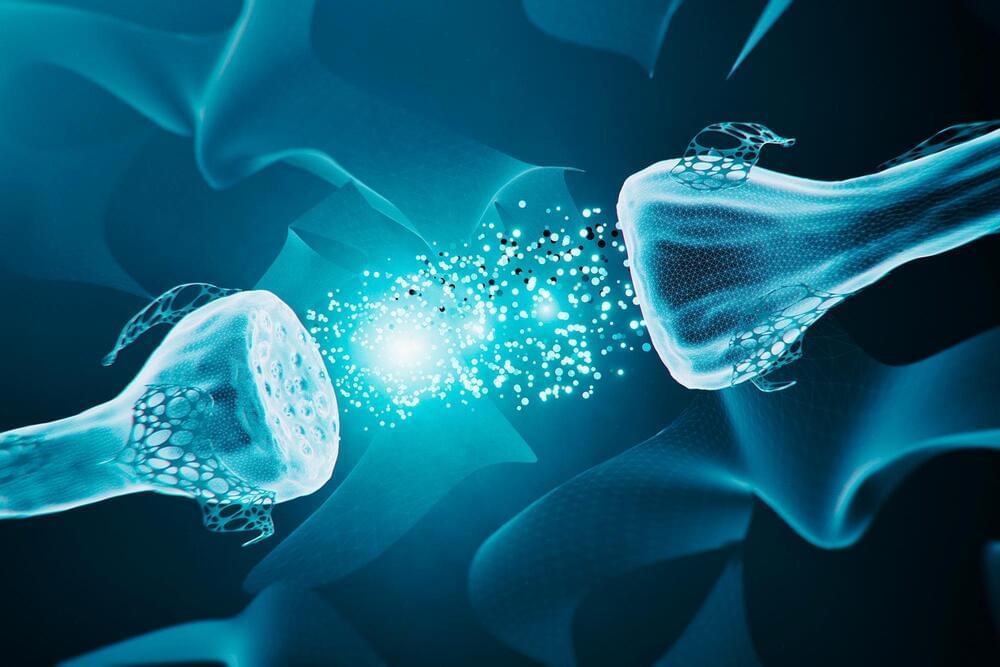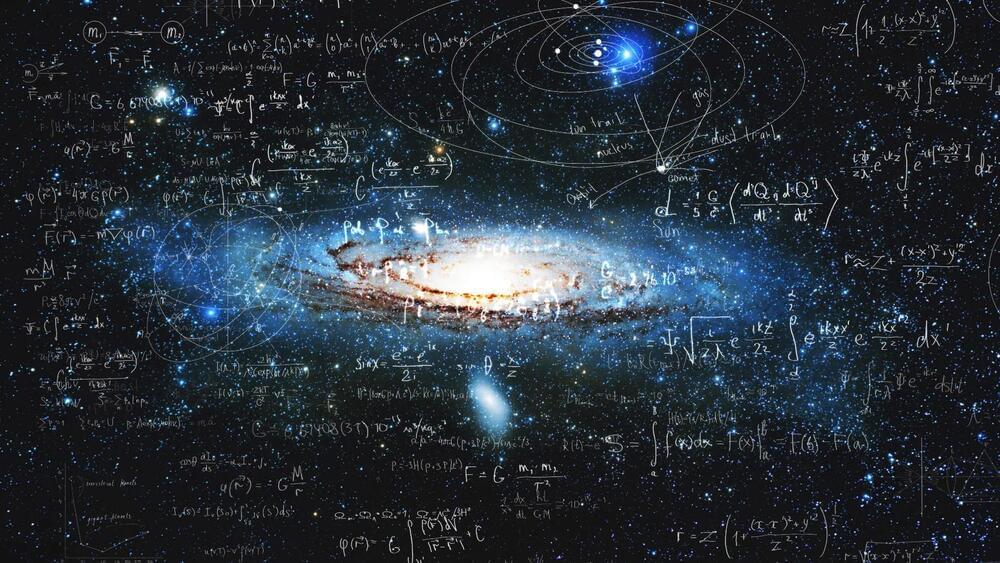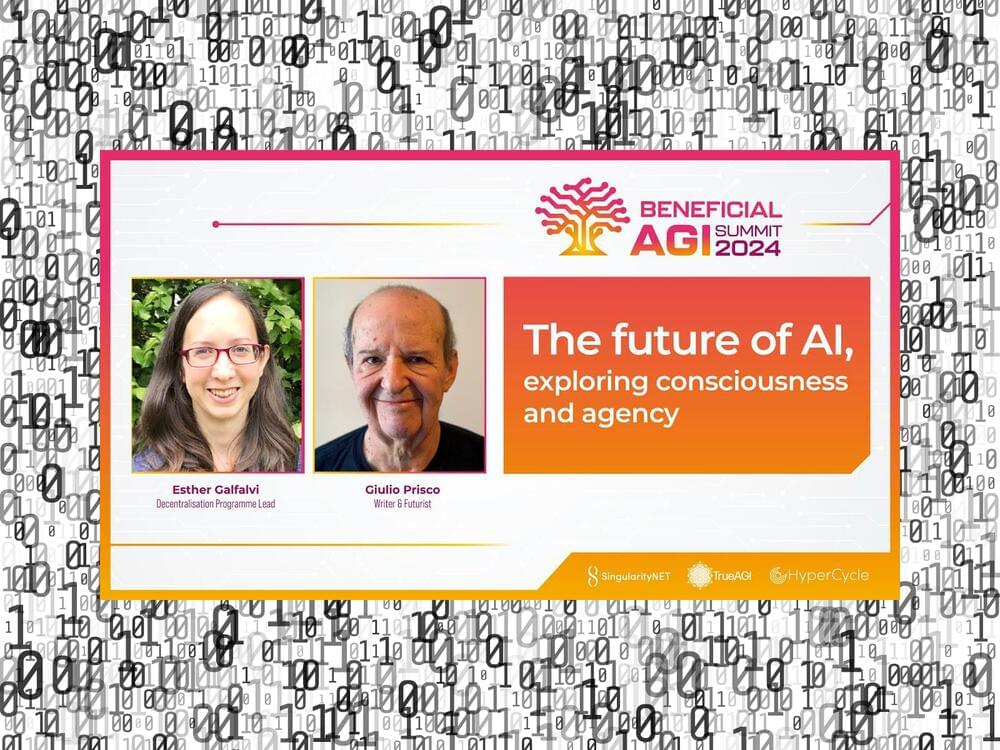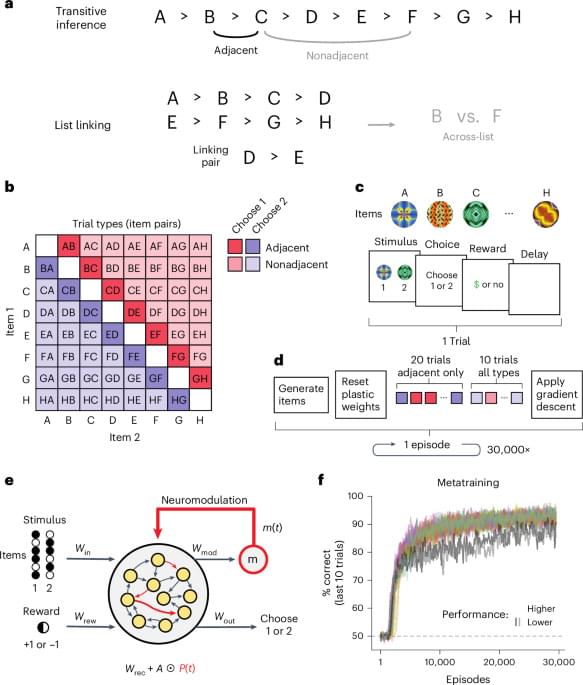Jan 16, 2025
Record-breaking Rf-252: Researchers produce shortest-lived superheavy nucleus and measure its subsequent decay
Posted by Saúl Morales Rodriguéz in category: futurism
A team of researchers from GSI/FAIR, Johannes Gutenberg University Mainz, and the Helmholtz Institute Mainz has succeeded in exploring the limits of the so-called island of stability within the superheavy nuclides more precisely by measuring the superheavy rutherfordium-252 nucleus, which is now the shortest-lived known superheavy nucleus.
Their results are published in Physical Review Letters.
